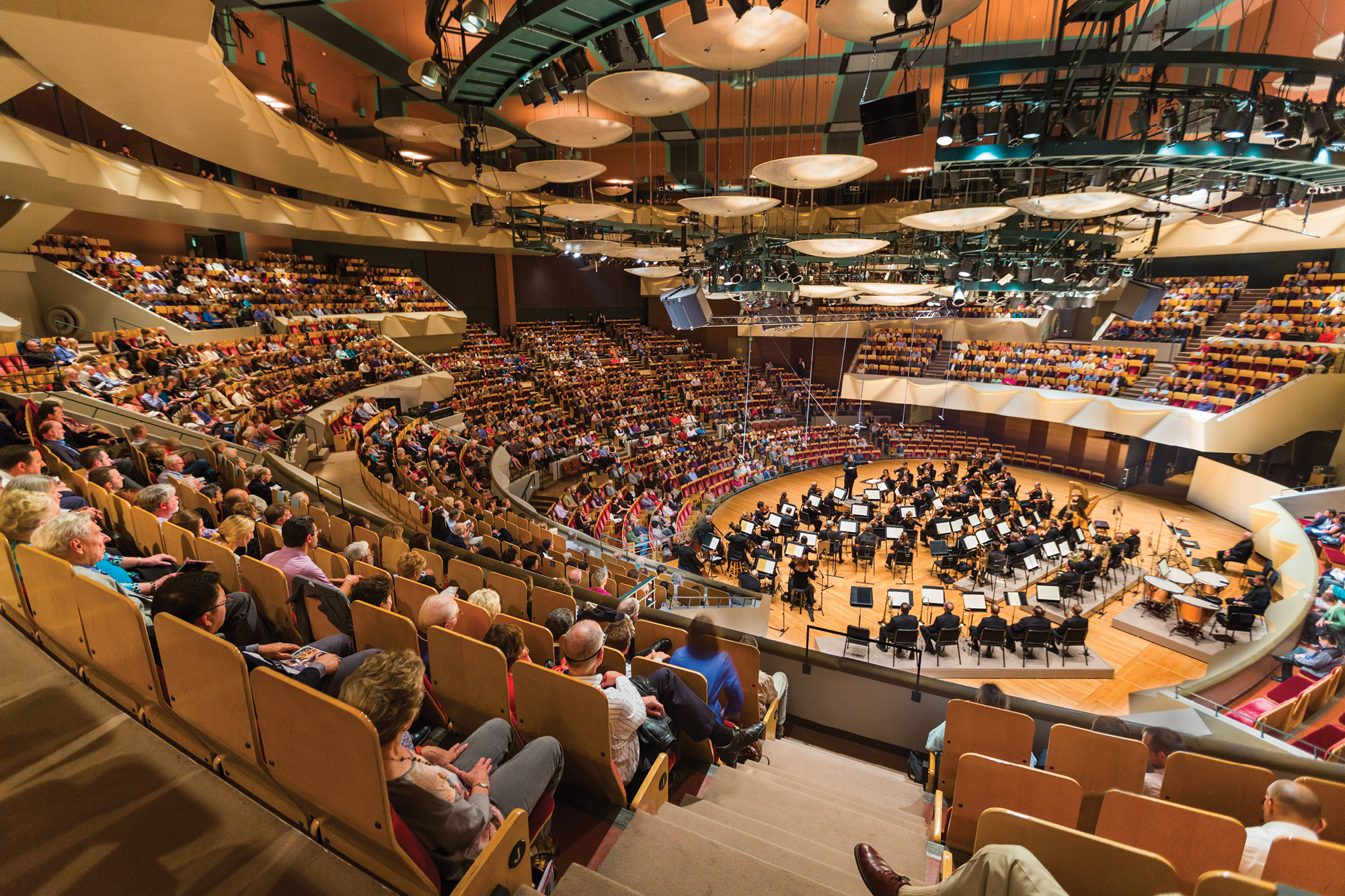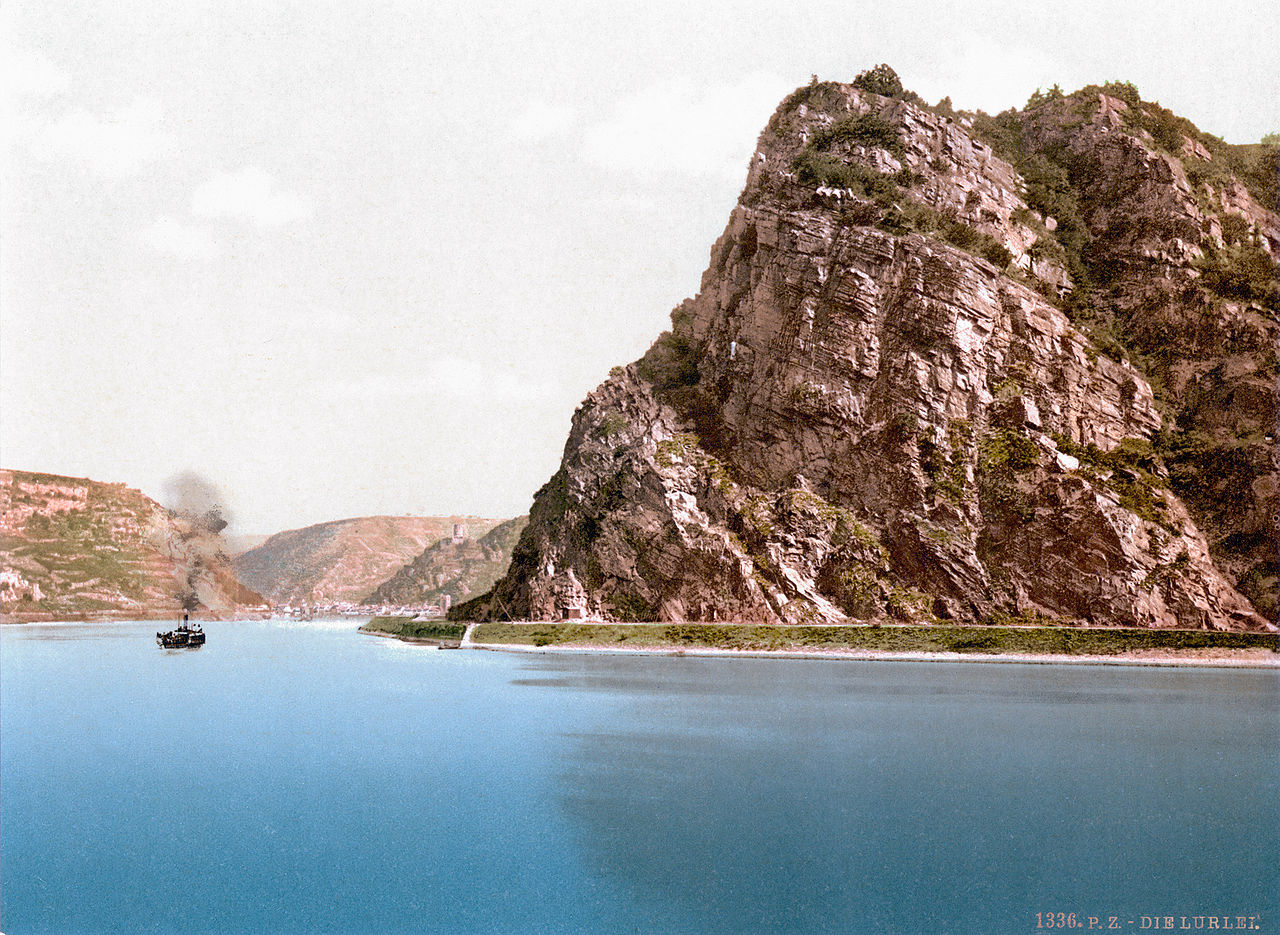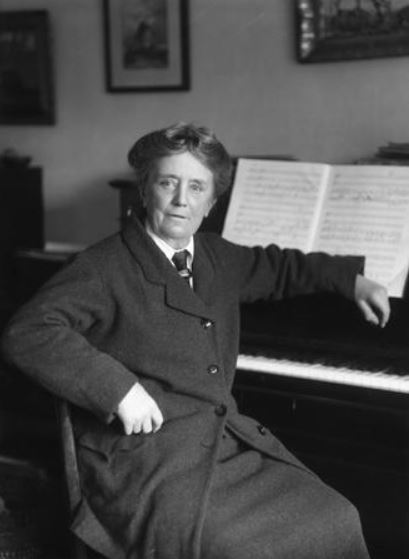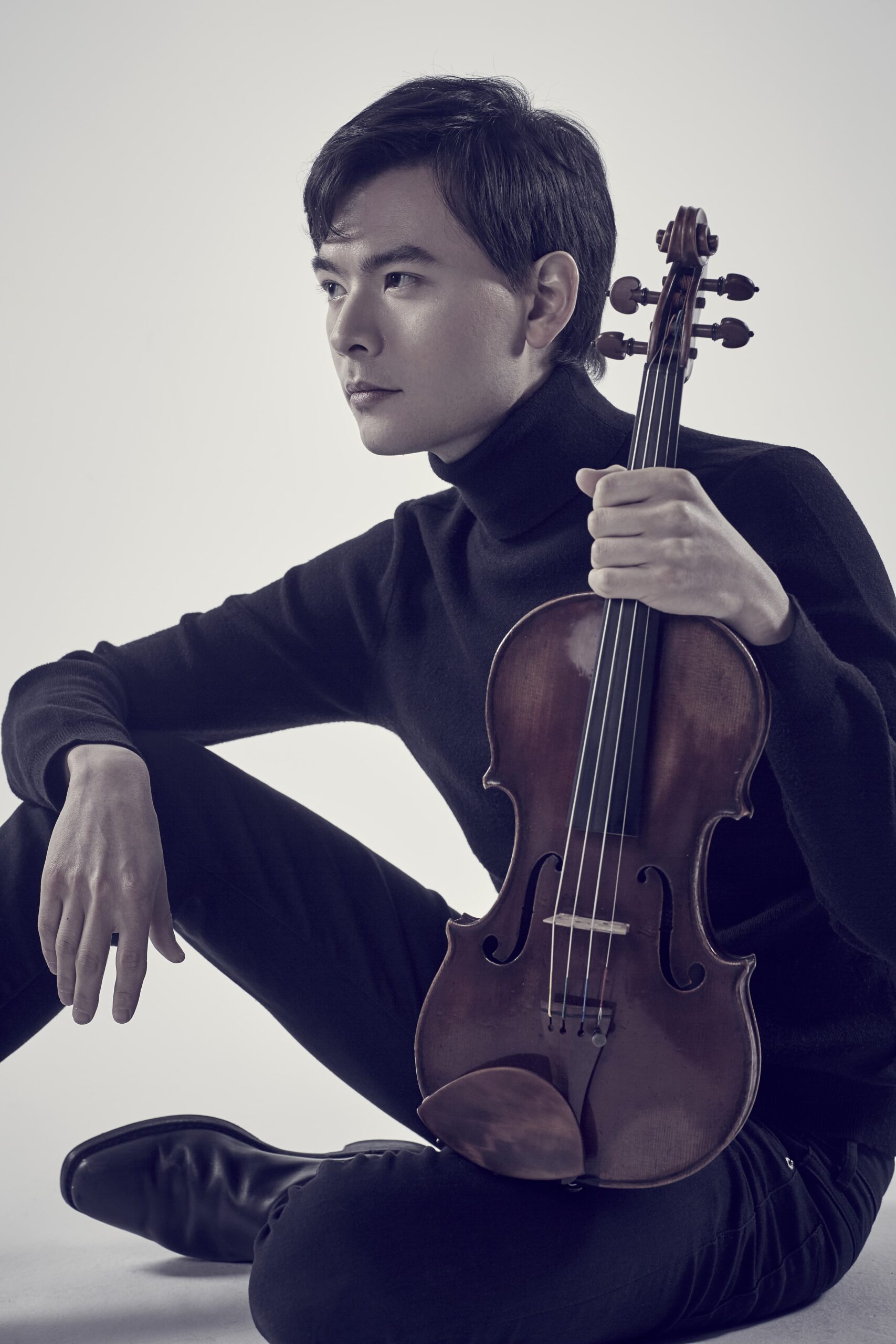From Our Far-flung Correspondents Series:
“Colorado Symphony – A Mile Above with Smyth, Prokofiev, and Brahms”
Performing at 5280 feet above sea level and giving at least 5281 reasons to fall in love with the Colorado Symphony, the music of Ethel Smyth, Sergei Prokofiev, and Johannes Brahms dazzled.
Celebrating its centennial artistic season, the Colorado Symphony is the only full-time professional orchestra in the greater Denver region. Presenting performances in various categories – Classics, Symphony Pops, Spotlight, Family, Holiday, Movie at the Symphony, and Alternative – the organization strives to fulfill its mission of being, “The future of live, symphonic music.”

The Colorado Symphony’s primary residence is Boettcher Concert Hall. Built in 1978 and renovated in 1993, this venue is part of the Denver Performing Arts Complex, which also houses the Colorado Ballet, Denver Center for Performing Arts, Opera Colorado, and various national acts, local groups, festivals, conferences, and public events. Boettcher Concert Hall is the nation’s first symphony hall constructed in the round, resulting in 80% of the audience seats being within 65 feet of the stage. The seats themselves are also unique, having been designed with steam-bent plywood that acoustically simulate a full house regardless of actual audience size.
Before concerts within the Classics Series, violaist Catherine Beeson prepares interested patrons with a lecture that introduces the music soon to be heard in performance. Beeson makes materials available cited within her lectures, called Preludes, on her personal website within the Cool Nerd Stuff section. For this concert, Beeson crafted a thread through the program’s three pieces, the genesis of the lecture taking inspiration from High Anxiety, the psycho-comedy starring Mel Brooks.
Catherine Beeson is a perfect guide, able to introduce novices to concert music, while still providing enough content for those more learned – and all of this while making connections to current societal happenings. For example, Beeson referenced the current rap battle between Drake and Kendrick Lamar before introducing the following nuance about Johannes Brahms’ Symphony No. 3 and his well-known feud with Richard Wagner:

Random drama for you to chew on: Even though Brahms respected his work, he and composer Richard Wagner had a pretty nasty public feud going on, and even though Wagner died months before Brahms composed Symphony No. 3 the fur was still flying in the community so much so that Wagner supporters tried to wreck the Symphony’s premiere.
Random conspiracy theory for you to chew on: In his Symphony, Brahms included a musical quote from Wagner’s [Chorus of Sirens]. The spot on the Rhine River where Brahms composed the Symphony is also very near the infamous Lorelei rock cliff, named after the siren-like water spirit that lured sailors to crash their ships. Was [Brahms] honoring Wagner’s composition skills, mocking his death, OR WAS HE PREDICTING ETHEL SMYTH’S 1904 OPERA THE WRECKERS AND THIS WEEKEND’S PROGRAM LIKE A SYMPHONIC NOSTRADAMUS. You be the judge.
Shortly after Beeson was done preparing our listening, the Colorado Symphony took to the stage wearing all black, contrasting guest conductor Jun Märkl, who wore white tie and tails. Märkl serves as music director of the Indianapolis Symphony Orchestra and Taiwan National Symphony Orchestra, will become the chief conductor of the Residentie Orchestra the Hague beginning in 2025, and performs as principal guest conductor of the Oregon Symphony. The Colorado Symphony played well for Maestro Märkl throughout the evening; perhaps the aforementioned disconnectedness with respect to wardrobe didn’t penetrate the artistic relationship between conductor and ensemble.

Opening a concert with Dame Ethel Smyth’s “On the Cliffs of Cornwall,” Prelude to Act II from The Wreckers was an interesting choice; however, a choice seemingly fitting of a composer who defied convention to the point of becoming an imprisoned suffragette. Some have submitted that the opera The Wreckers is thought to be the most important English opera composed in the 300-year period between Henry Purcell and Benjamin Britten. Principal oboist, Peter Cooper, and Michael Thornton, principal horn, helped support such a submission with the solo melodies they offered that became increasingly enticing as the work developed. The Colorado Symphony played with such sensitivity to ensemble balance, often replicating what has become expected of an audio recording that has undergone post-production editing.
The second piece offered was Violin Concerto No. 2 in G Minor, Op. 63 of Sergei Prokofiev, with soloist Stefan Jackiw. This season alone, Jackiw is scheduled to perform with the New York Philharmonic, Taiwan Philharmonic, and the China National Symphony, in addition to presenting multiple world premieres at Roulette, curating a series of programs for the Edinburgh Festival, and making a debut with the Junction Trio (Conrad Tao, piano; Jay Campbell, cello) at Carnegie Hall.

Jackiw’s intonation was impeccable and matched by the flute-oboe-clarinet sections throughout some rather exposed moments. The bassoon playing was equally impressive, although decidedly more present than what may have been expected. Maestro Märkl often asked the ensemble to play quietly to powerful affect, but when then asking for a more present volume, the result seemed to be an out-of-portion dynamic cliff that was navigated less gracefully in order to be achieved. Stefan Jackiw’s technical abilities towards the end of the Concerto were hypnotic with precision, much like the way musicality oozed from his soul throughout the 2nd movement. A final accelerando to end the composition left some in the orchestra catching up, but a tempo risk that should continue to be encouraged, nonetheless.
The Colorado Symphony ended the concert, or so the program suggested, with Symphony No. 3 in F Major, Op. 90, by Johannes Brahms. This worked proved to be the highlight of the program, in part to the way in which the cello section contributed to the composite. Seoyoen Min, who performs from the Fred and Margaret Hoeppner Principal Cello Chair, led powerfully throughout tutti melodic moments in the 3rd movement. Credit should also be given to principal trumpet, Justin Bartels, for using rotary trumpets on this piece. Brahms composed an ending that recedes in both activity and dynamic. The pacing of this section, in particular the final release, felt a bit abrupt. Fortunately for concertgoers, a planned encore of Brahms’ Hungarian Dance No. 5 left all happily bouncing out of the concert space.
Following performances within the Classics Series, conductors and/or soloists make themselves available for a question-and-answer session with audience members interested in extending their experience. Both Maestro Märkl and Jackiw participated, thoughtfully responding to a variety of questions about both the music and their lives. From the Prelude with Beeson, the performance, and the Talkback with conductor and soloist, one can quickly become rather invested to the Colorado Symphony – even more so when one is able to share such a thorough experience with someone special, as I was able to do with my first band director, Gary Hoffman.
It feels appropriate to offer the idiom that the sky is the limit for the Colorado Symphony, but the group already performs in the sky. To infinity and beyond, then, for the Colorado Symphony!



